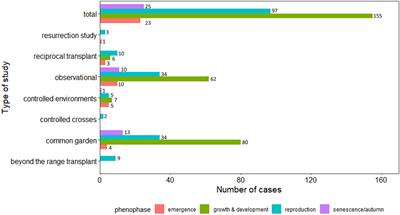EDITORIAL
Published on 28 Feb 2022
Editorial: Predicting and Managing Climate-Driven Range Shifts in Plants
doi 10.3389/fevo.2022.856213
- 2,178 views
- 4 citations
10k
Total downloads
57k
Total views and downloads
EDITORIAL
Published on 28 Feb 2022
ORIGINAL RESEARCH
Published on 23 Dec 2021
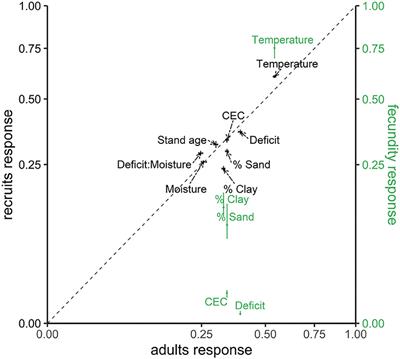
ORIGINAL RESEARCH
Published on 09 Dec 2021
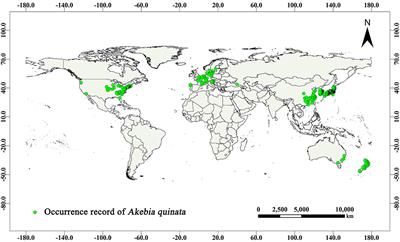
ORIGINAL RESEARCH
Published on 08 Dec 2021
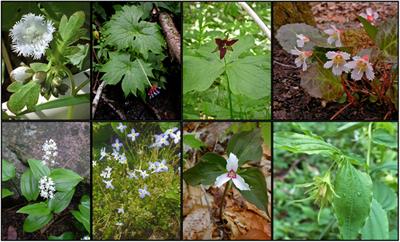
ORIGINAL RESEARCH
Published on 12 Nov 2021
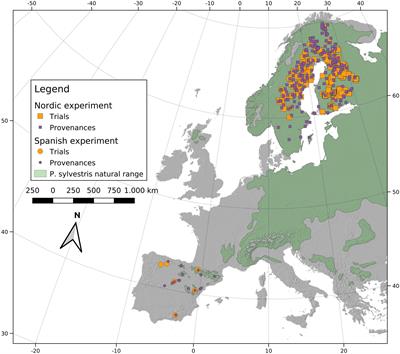
REVIEW
Published on 25 Oct 2021
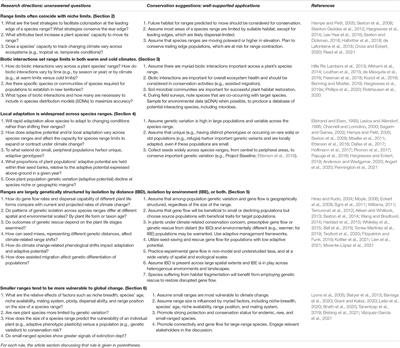
ORIGINAL RESEARCH
Published on 04 Oct 2021
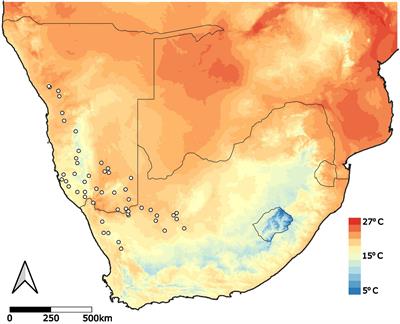
ORIGINAL RESEARCH
Published on 29 Sep 2021
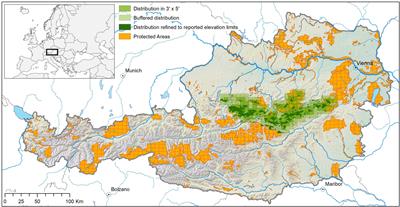
ORIGINAL RESEARCH
Published on 27 Sep 2021
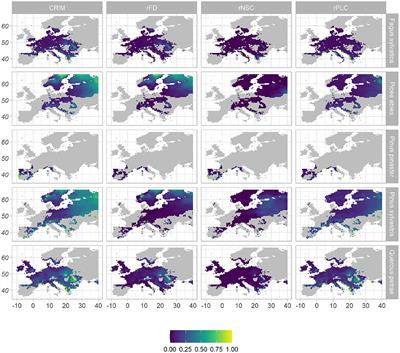
ORIGINAL RESEARCH
Published on 01 Jul 2021
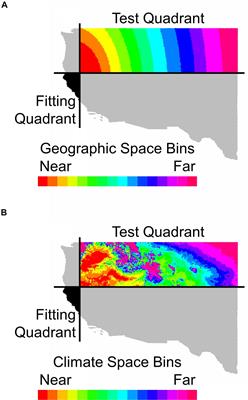
ORIGINAL RESEARCH
Published on 18 Jun 2021
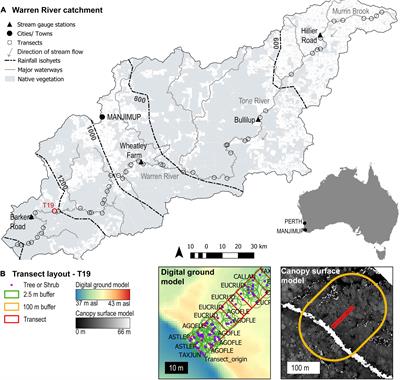
REVIEW
Published on 15 Jun 2021
